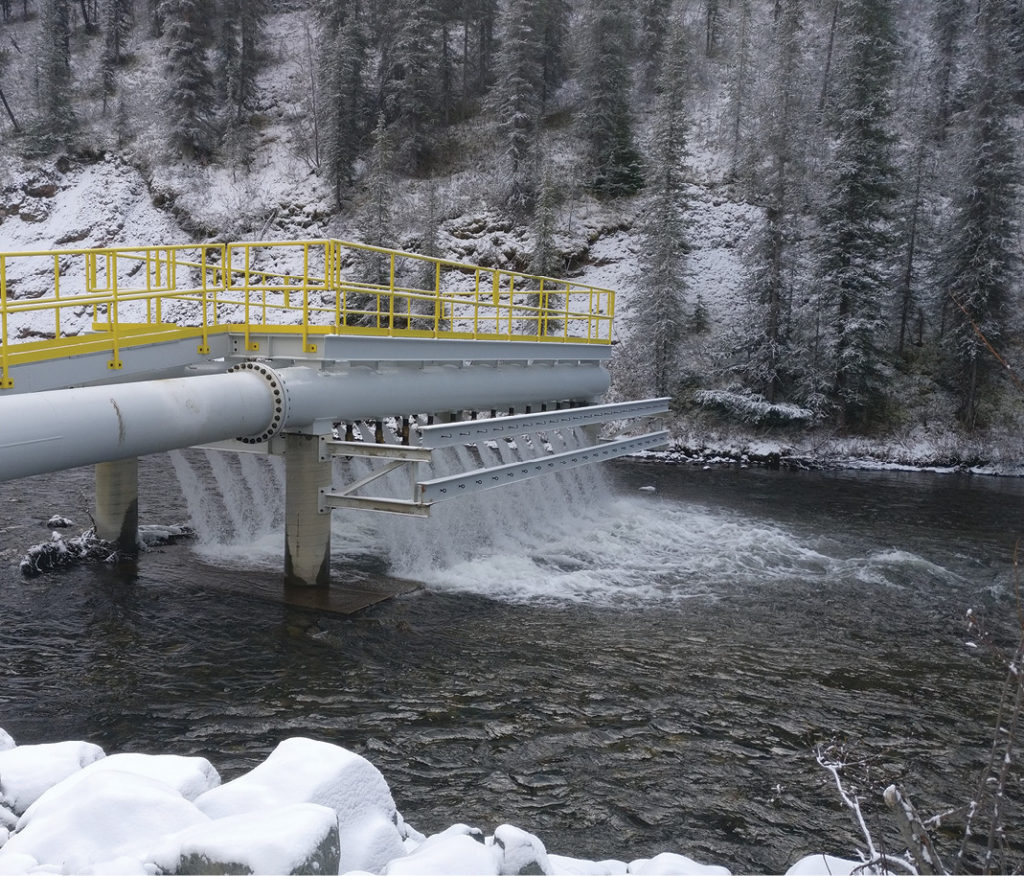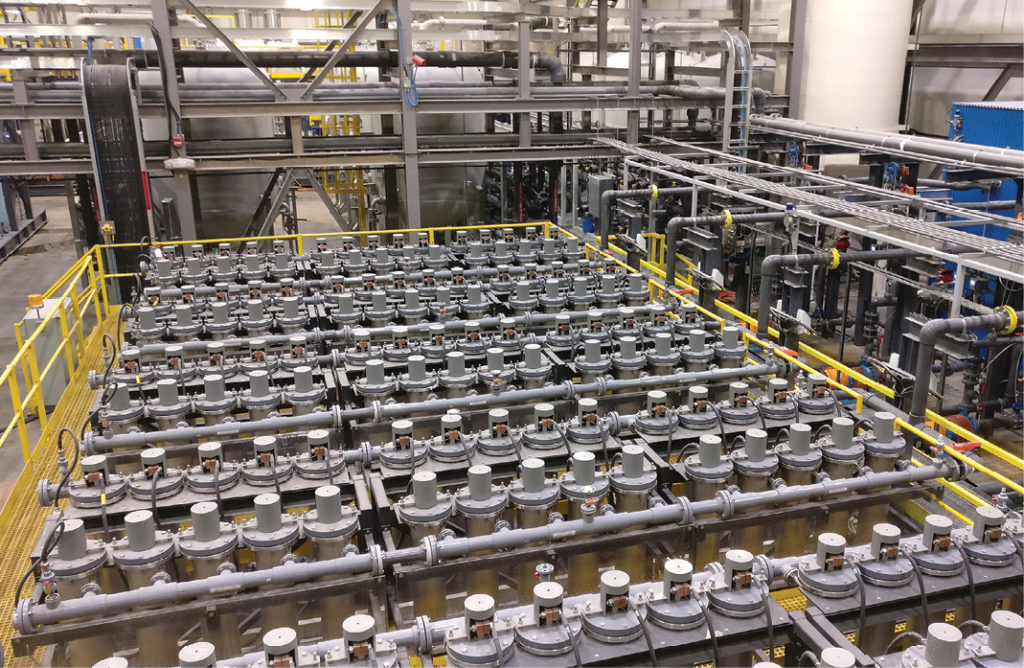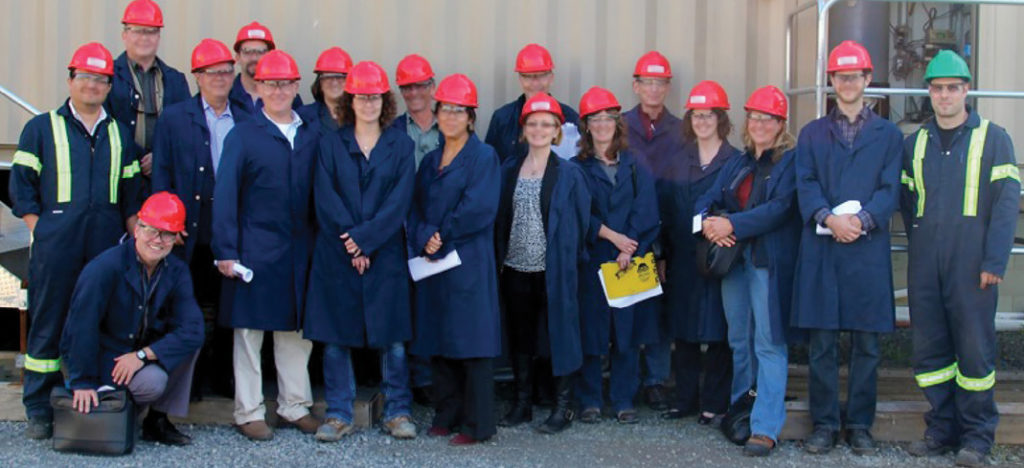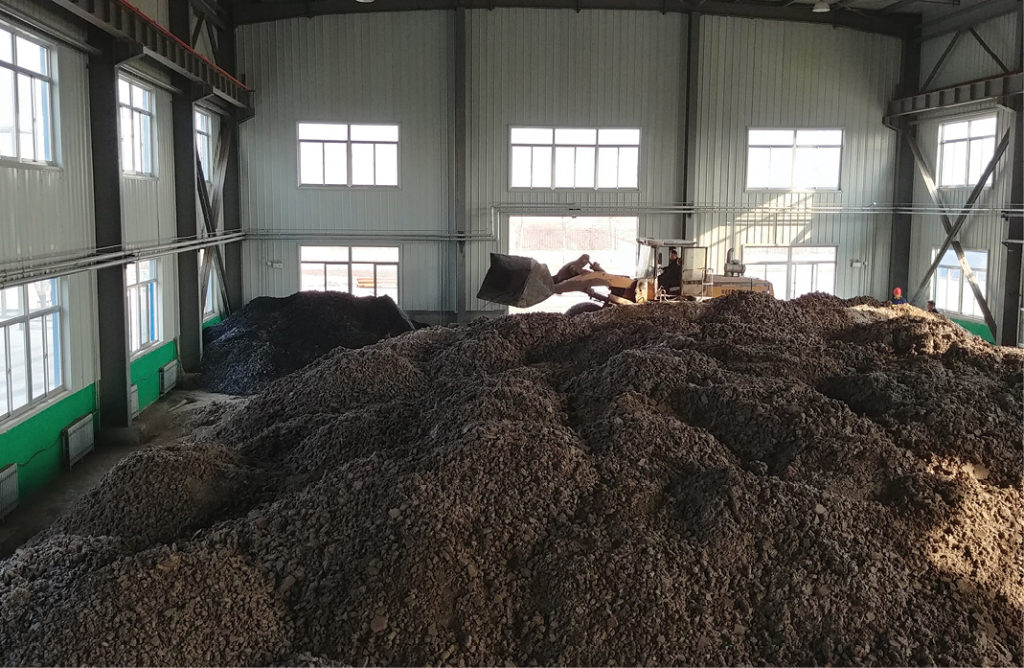How holistic water management supports mining’s ESG goals

Success or failure of the mining industry to support decarbonization of the global economy – through the supply of essential raw materials – relies heavily on the industry to embrace a holistic approach to managing water. This approach looks at water for a mining project in its entirety, from early exploration and permitting through to closure and post-closure. Holistic water management improves outcomes, minimizing project risks and costs throughout the full life of the mine.
Benefits of this approach aside, what warrants attention in an era that has seen rising importance given to environmental, social and governance (ESG) evaluations and reporting, is that the drivers of holistic water management directly align with ESG goals. Here I share some insights into these drivers from the work we at BQE Water have done and are doing to support better outcomes for water.

Social acceptability
Social acceptability is a requirement of modern mining. Projects can tick off all the boxes from subject matter experts who are well versed in assessing technical and investment risks and legal compliance, but unless they are socially acceptable to the public, they are unlikely to happen.
Water management professionals can commit to making mining socially acceptable by eliminating the reliance on dilution to meet in-stream limits. This requires end-of-pipe limits for treated water to equal those applied to the receiving environment. Mine water treatment should also be carried out in a manner that does not introduce new chemicals or biological substances into the treated effluent that were not previously present in the source water.
Receiving environment standards are broadly protective of all aquatic life and as such, the limits for many metals and metalloids are ultra-low. Cadmium and selenium are good examples of constituents often present in mine water in trace amounts that require removal to even lower levels. Until recently, industry had little choice but to accept dilution and to cope with the unexpected impacts of organo-selenium substances produced by biological treatment systems to control selenium. This has now changed with the introduction of electro-reduction applied either alone or in combination with ion exchange to remove selenium to single digit parts per billion and without any unintended consequences from treatment.
Inclusivity
Mining is a global enterprise. While there is great diversity in the professional work force in the industry, water opens new opportunities for inclusivity, increased transparency and better environmental governance.
One opportunity is to invite representatives of local communities to take part in guided tours of water treatment pilot demonstrations during the environmental assessment and permitting stages of mining projects. This was done at Seabridge Gold’s KSM project in British Columbia and not only did it help to create clarity around water management and treatment, but it also allowed the mine owner to address water concerns from regulators and the public early on.

Another opportunity is to allow communities a say in where the treated water is discharged. At a project in British Columbia, it was the local First Nations that selected the water body that would receive the environmental discharge. For the First Nations who have hunted, gathered and fished in the area, this showed respect and allowed their historical and cultural traditions to continue.
There is also no better champion and steward for clean water than local communities who have tangible incentives to safeguard local environments for present and future generations. As water treatment plant operators, we seek engagement with local communities and offer training to those interested in learning how to best manage and treat water. An example of this is our partnership with an Inuit community-based company focused on securing economic development opportunities, Nuvumiut Developments, to provide ongoing operations for multiple mine water treatment plants in northern Canada.
Sustainability
Water treatment is an essential component of any mine operation. To be sustainable, it must go beyond the immediate need of removing the targeted constituents of concern. The selected treatment system should also take social, ecological and economic factors into consideration.
A crucial tenet of sustainable water management is the reduction or elimination of treatment residues. The waste generated from treatment is most often in the form of solid sludge or liquid brine requiring additional treatment and/or long-term monitoring. The goals of holistic water management and ESG are to implement water treatment solutions that avoid long term-costs and liabilities by either generating byproducts suitable for reuse or recovering value from waste. This raises the bar above the regulatory check box of producing waste that is non-toxic and non-hazardous.

Over the last two decades, water treatment systems with concurrent selective recovery of copper, zinc and nickel have been implemented with great success. Waste generation is reduced with the value of recovered metals paying for the entire treatment or offsetting a portion of the costs. And there are new water treatment technologies available that produce stable and inert solids that have received independent verification as inputs for construction materials and steel fabrication.
Companies that select treatment based on short-term financial criteria or that don’t consider value recovery from waste or non-toxic residue generation treatment systems do themselves a disservice in the long-term. The reduction or elimination of waste, along with value generated over decades – even after primary production stops – can be significant.
Sustainability also means a low carbon footprint. During mine production, the incremental carbon footprint related to water is relatively small compared to comminution and the hauling of ore and waste rock. However, it may still be equivalent to the carbon footprint of a town several times the size of all local communities combined.
Once the project enters closure and post-closure, water management and treatment can become the dominant carbon generator. And because the contact between water and the sources of contamination often takes years to stop, carbon generation through treatment can continue for decades after mining ends. To avoid a large carbon footprint over the long-term, industry must choose their methods of water management and treatment from a holistic perspective.
Final words
If we want the mining industry to play a positive role in transforming society and the economy away from fossil fuels and towards a circular economy, we need to move beyond the principle of “doing no harm.” A holistic approach to water can contribute to this effort. How we start, whether we are mining companies, regulators, service providers or suppliers, is by purposefully choosing to “do better” in tandem with advancements in knowledge and technologies to achieve better outcomes for the mining industry and for society as a whole.
David Kratochvil, PhD, PEng is the president & CEO of BQE Water (www.bqewater.com).
Comments
Hamid Akbari
It is a real fact that “if you can’t grow it, you have to mine it”. Mining will remain an essential part of our communities, economy and even our national security. We would need to make it more environmentally friendly so that we keep our planet sustainable for the future generations. Wastewater management is an integral part of mining activities that normally is not taken seriously. I agree that all sectors of the society should put special efforts to address this issue. We all need to work together if we care about our kids and future. Thanks.